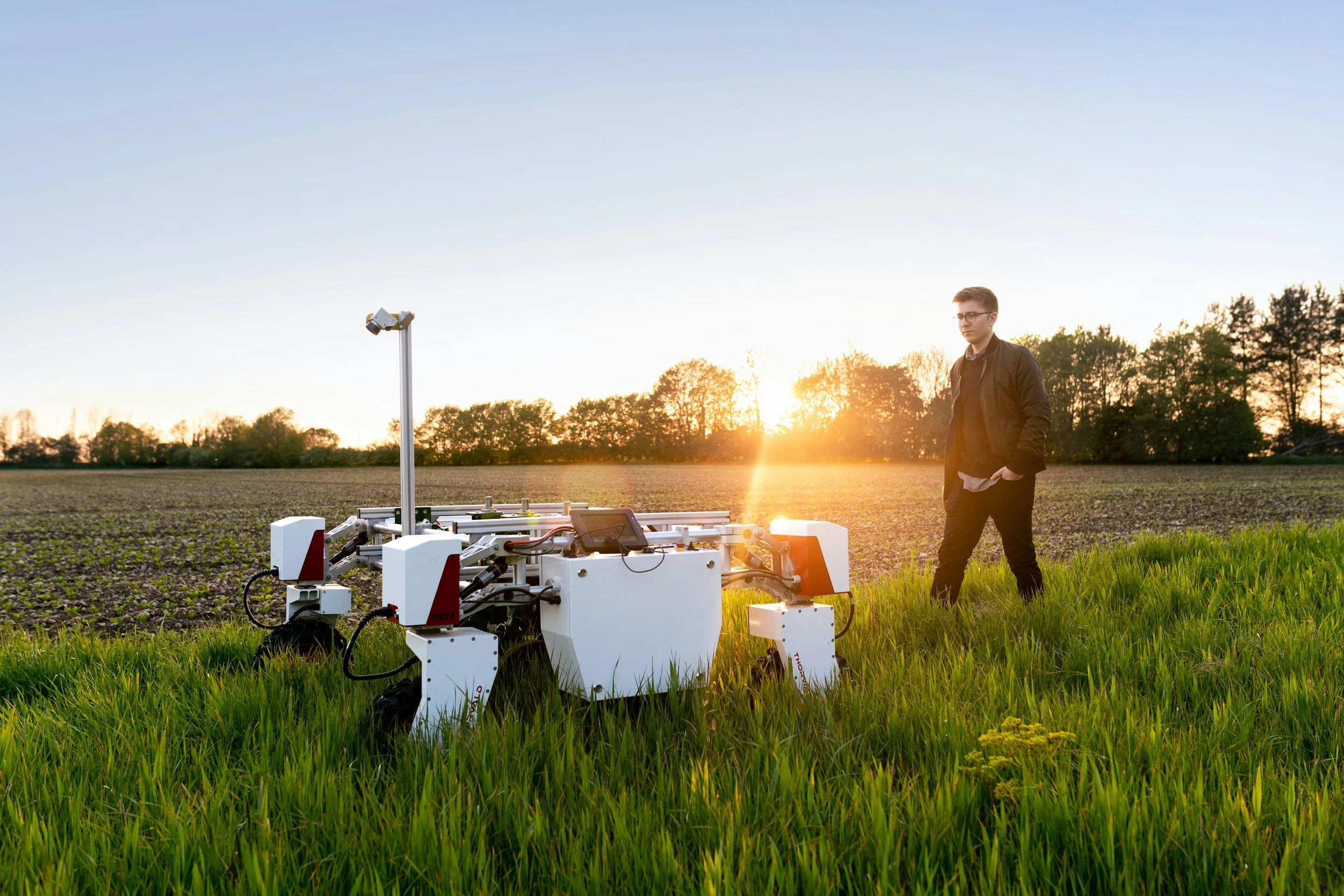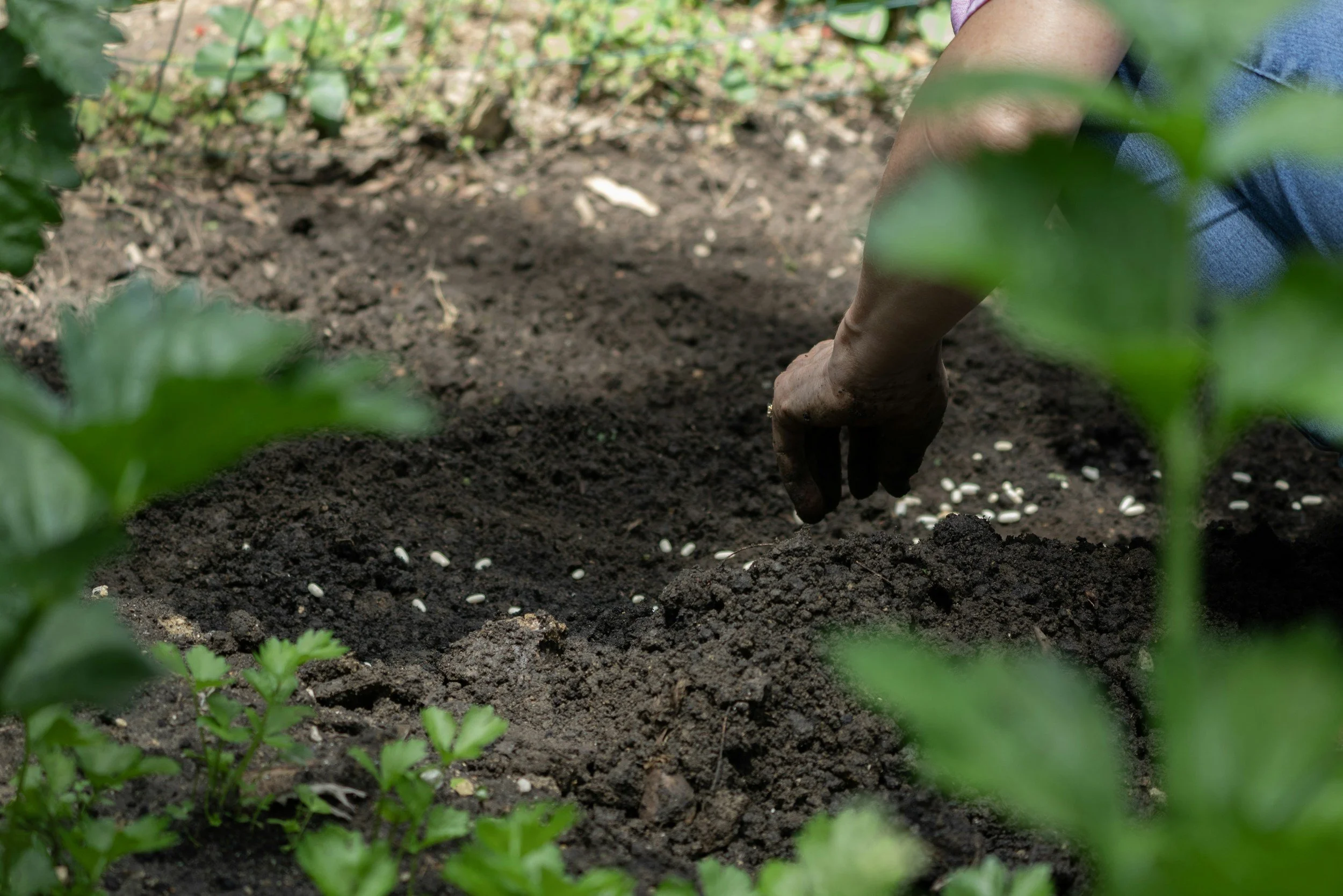Preparing for the Cold: How to Stay Warm Sustainably This Winter
/While winter can be a season of harsh temperatures and treacherous icy roads, it’s also the time of year when you can cosy up indoors with your loved ones and enjoy warm mugs of tea under fluffy blankets.
However, even though winter can be a time of cosiness, it’s also when we put our energy systems to use the most. This leads not only to skyrocketing energy bills, but also to increased carbon emissions during the colder months. You don’t have to settle for higher bills and a larger footprint, though: staying warm sustainably can be relatively easily done through a combination of eco-friendly practices and smart choices that reduce energy consumption. Thankfully, there are plenty of ways to stay warm sustainably in winter. This article shares 5 ways you can enjoy a cozy winter season that aligns with your commitment to sustainability.
1. Be mindful of your energy consumption
One of the surest ways to minimise your carbon footprint over the winter months is to be mindful of how much energy you consume, especially in terms of heating and electricity. You may want to start out with a home energy audit: many companies offer basic audits inexpensively or even for free. You can also invest in a low-cost thermal leak detector, which will tell you where the heat is escaping your home. From there, you can address the problems more efficiently and reduce your consumption of energy while heating your home.
Finding a balance between comfort and environmental consciousness doesn’t have to be difficult. Reducing your energy consumption in the cold months can also take the form of modifying a few of your day-to-day practices: turning off your radiators when you go out, switching off the lights when you leave a room, or taking shorter showers. While making these adjustments can seem daunting at first, with a bit of consistency, you’ll be able to integrate environmentally-friendly energy consumption practices into your everyday life in no time so that they become habitual.
2. Transition to renewable energy
If you are in a position to make some investments in your energy systems, then you may want to consider switching from traditional heating and electricity solutions to renewable energy sources.
For instance, you could opt to install a ground or air source heat pump that can provide heating in winter as well as cooling during the summer months. Air source heat pumps capture heat from the air outside, providing both heating and cooling solutions with significantly lower energy consumption compared to traditional heating systems. Perhaps instead you’re interested in installing solar panels on your roof to generate clean, free electricity. Solar energy harnesses the sun's energy through photovoltaic panels, delivering clean electricity while lowering your utility bills over time. Both of these options not only contribute to a reduced carbon footprint but also create resilience against fluctuating energy prices and enhance energy independence.
Whichever sustainable energy source you choose, be sure to carefully consider things like your energy consumption requirements, your space availability and suitability, and your budget before deciding to move forward with the installation process. This way, you can make sure that renewable energy is the best fit for your home.
3. Add some layers
This piece of advice may seem obvious, but its importance cannot be overstated. Not only do layers help you keep warm, reducing your reliance on your heating system, but they also add to the cosiness you can experience during the winter season.
Once temperatures start to drop, soft textiles such as knitted blankets, woollen socks, cosy cardigans, and thick trousers are your best friends. Another way in which you can make the most of fabrics to stay warm is by adding more rugs to your home. Switching to thicker curtains during the winter months is another simple yet effective way to save energy and reduce heating costs. By blocking chilly air from seeping in through windows, these heavy fabrics help maintain a stable indoor temperature, allowing your heating system to work more efficiently. Not only do thick textiles help with keeping your space warmer, but they can add a touch of personality to any room.
4. Consider your lighting
Your lighting might be the last thing you think about when it comes to staying warm in winter. However, it can have more of an impact than you might expect. If all you have in your home is harsh overhead lighting, you may have noticed that your space feels sterile and cold.
By using lamps with warm white bulbs or adding a string of LED fairy lights, you can create an inviting atmosphere in your home that gives a sense of warmth to your space. Candles are also a great addition if you’re looking to make your home cosier. Just be sure not to leave them unattended to ensure you and your family’s safety. The same is true for using heat lamps: they provide direct infrared heat that warms up objects and people in their vicinity rather than the air itself. While heat lamps are best for small spaces like bathrooms, seating areas or workshops, they need to be placed at a safe distance from flammable materials, with adequate ventilation around them.
5. Embrace the cosiness
Sustainability is as much about mindset as it is about practices. If you approach your winter activities with sustainability in mind, you will quickly find creative ways to reduce your carbon footprint and stay warm and comfortable at the same time.
So when you put on your woollen socks and join your family on the couch with a cup of hot tea in your hands, remember that sustainability does not have to mean sacrificing your comfort.
If anything, it’s about appreciating what you already have, being mindful of how you use resources to warm up your home and enjoying the simple things that can create a lot of warmth - both in a physical sense and in terms of your home’s atmosphere.
Conclusion
We hope that these simple tips have inspired you to keep your home warm and sustainable this winter. By embracing any of these suggestions, you’re sure to do your part for the planet while keeping your family comfortable in the colder months.
About the Author:
Sabria Schouten is a content writer who aims to make information about sustainable energy broadly available. She believes that knowledge about how to lead a greener lifestyle should be easily accessible to anyone.








































